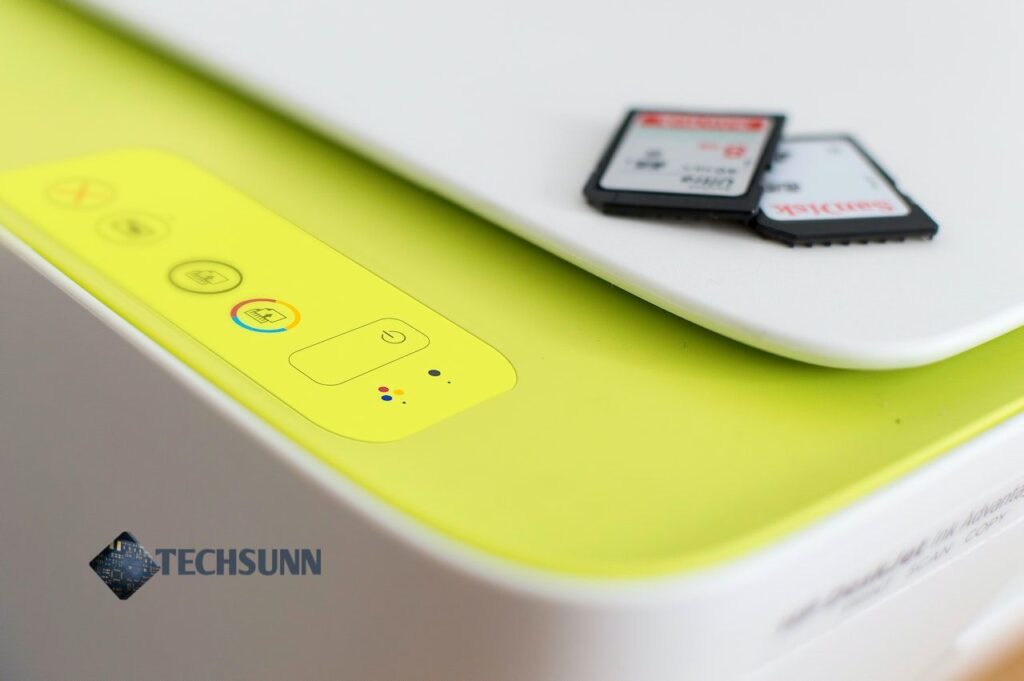3D Printing: A World-Changing Revolution

Discover the transformative power of 3D printing: a revolution reshaping our world, creating limitless possibilities and disrupting industries.
3D Printing
As of late, 3D printing has arisen as a groundbreaking innovation that is changing various areas and impacting the globe. Also known as additive manufacturing, 3D printing enables the creation of three-dimensional objects from digital models by adding successive layers of material. This article explores the incredible potential of 3D printing and how it is reshaping diverse sectors across the globe.
Table of Contents
- The Rise of 3D Printing
- Advancements in Material Selection
- Impact on Manufacturing and Prototyping
- Healthcare Innovations
- Architecture and Construction
- Automotive and Aerospace Industries
- Customization and Personalization
- Environmental Benefits
- Intellectual Property and Copyright Challenges
- Ethical Considerations
- Education and Research
- Limitations and Future Possibilities
- Conclusion
- FAQs (Frequently Asked Questions)
The Rise of 3D Printing
3D printing has gained significant attention and popularity in recent years. Initially, it was limited to industrial applications and highly specialized fields. Nonetheless, innovative turns of events and lower costs have made it more open to a bigger crowd. 3D printers are already commonplace in organizations, schools, and even households, bringing up a world of possibilities.
Advancements in Material Selection
The accessibility of a different assortment of materials is one of the essential powers behind the rising purposes of 3D printing. Initially, plastic polymers were the primary materials used, but now we have seen a significant diversification. From metals and ceramics to bio-based materials and even food, the choices for 3D printing materials have expanded greatly. This has enabled the creation of complex, functional, and durable objects that were once unimaginable.
Read Also: 3D Printing: Affordable & Sustainable Construction
Impact on Manufacturing and Prototyping
Traditional manufacturing processes often involve complex setups, lengthy production times, and high costs. 3D printing, then again, gives a more effective strategy for creation and prototyping. With 3D printers, sophisticated designs can be produced fast and affordably. This has transformed the manufacturing cycle, enabling quick prototyping, on-demand manufacturing, and shorter time-to-market for innovative items.
Healthcare Innovations
The healthcare industry has been greatly impacted by 3D printing. From prosthetics and implants to customized surgical tools and even human tissue, this technology has opened up new avenues for medical advancements. 3D printing allows for the fabrication of patient-specific medical devices that are suited to individual needs, resulting in better treatment results and enhanced patient quality of life.

Architecture and Construction
In the field of architecture and construction, 3D printing has introduced innovative possibilities. It is now possible to create intricate building components, complex structures, and even entire houses using 3D printers. This technology offers greater design freedom, reduces material waste, and speeds up the construction process. It also allows for the integration of sustainable and eco-friendly materials, making construction practices more environmentally conscious.
Automotive and Aerospace Industries
3D printing has been embraced by the auto and aviation areas for different purposes. Lightweight materials may be used to 3D print components and parts, lowering the total weight of vehicles and airplanes. As a result, fuel economy and performance increase. Furthermore, 3D printing enables the quick fabrication of spare parts, decreasing downtime and maintenance expenses.
Customization and Personalization
Customization and personalization are two of the most intriguing elements of 3D printing. Mass production in conventional manufacturing frequently limits the alternatives accessible to consumers. 3D printing, on the other hand, enables the fabrication of personalized objects according to individual desires. From customized jewelry and fashion accessories to unique home decor items, 3D printing is empowering consumers to express their individuality.
Environmental Benefits
3D printing presents several environmental benefits compared to traditional manufacturing processes. It enables the use of fewer materials by optimizing designs and reducing waste. Additionally, the localized production made possible by 3D printing reduces transportation needs and associated carbon emissions. This technology has the ability to transform supply chains and encourage environmentally friendly practices across sectors.
Intellectual Property and Copyright Challenges
As 3D printing turns out to be progressively normal, issues about licensed innovation privileges and copyright encroachment emerge. The ease with which items may be replicated via 3D printing causes difficulties in safeguarding unique ideas and intellectual technologies. Policymakers and business pioneers are effectively dealing with replies to these issues, endeavoring to accomplish a harmony among development and licensed innovation security.
Ethical Considerations
As with any transformative technology, 3D printing raises ethical considerations. For example, the ability to create 3D-printed weapons and potentially dangerous objects poses significant challenges for regulation and safety. Moral worries around the utilization of 3D imprinting in medical services, like the printing of human organs, should likewise be tended to. It is essential to navigate these ethical challenges and establish responsible guidelines for the technology’s use.
Education and Research
3D printing is becoming increasingly integrated into educational curricula and research activities. It allows students to materialize their thoughts and concepts via a hands-on approach to learning. In research, 3D printing considers the fast and practical assembling of models and trial models. This technology fosters innovation and empowers individuals to explore new frontiers.
Limitations and Future Possibilities
While 3D printing has made considerable progress, it actually has specific cutoff points. Enormous scope 3D printing creation can be tedious and expensive. The range of printable materials and their properties is also expanding but is not yet as extensive as traditional manufacturing materials. However, ongoing research and advancements in technology continue to address these limitations, opening up possibilities for future breakthroughs.
Conclusion
To sum up, 3D printing is a troublesome innovation that is changing a few areas and modifying the world as far as we might be concerned. From manufacturing and healthcare to architecture and education, its impact is far-reaching. The ability to create complex objects with precision, customization, and speed has unlocked a new era of innovation and possibilities. As 3D printing propels, it will modify our future in manners that we can start to fathom.
FAQs
Q1: How does 3D printing work? A1: 3D printing works by creating objects layer by layer from a digital model using materials such as plastics, metals, or even biological substances.
Q2: Can 3D printing be used to print food? A2: Yes, 3D printing has been used to print food by using edible materials and precise layering techniques.
Q3: Is 3D printing expensive? A3: The cost of 3D printing varies based on factors such as item complexity, materials utilized, and printer type. However, costs have been decreasing, making it more affordable over time.
Q4: Are there any safety concerns with 3D printing? A4: Safety concerns mainly arise from the materials used in 3D printing, such as fumes emitted during the printing process. Proper ventilation and using certified materials can help mitigate potential risks.
Q5: What are the future possibilities of 3D printing? A5: The future possibilities of 3D printing are vast. Some envision printing entire organs for transplantation, constructing buildings on other planets, or even printing complex electronics and circuitry.




